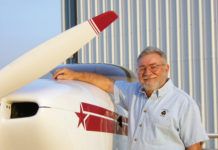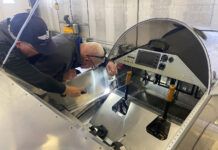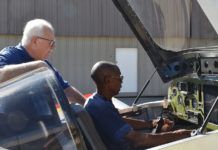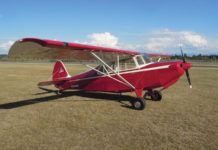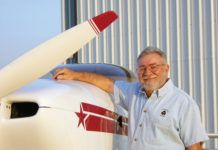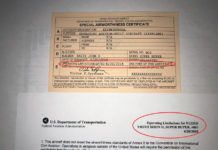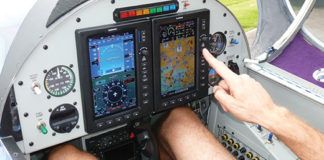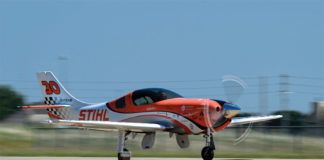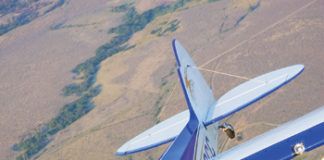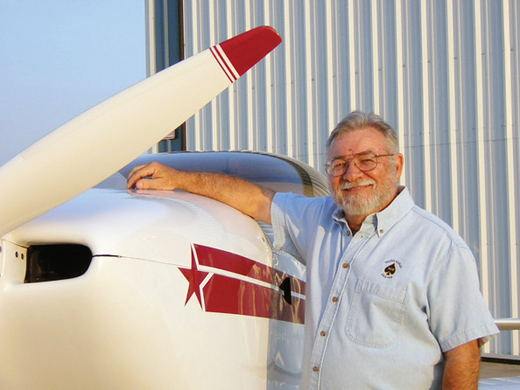
Question: I’d like to increase the maximum gross weight of my E/A-B PA-11 clone. I just completed the 40-hour Phase I test period, and I am operating the plane as an LSA with a maximum gross weight of 1320 pounds. I built the aircraft with PA-18 landing gear, so I am confident it will handle an increase to 1650 pounds.
If I change the maximum gross weight, will I have to go back into Phase I and fly off an additional 5 hours? Nothing has been changed on the aircraft since the DAR sign-off. I am an A&P with years of aviation experience but not so much in the Experimental area. I hope you can advise me.
Answer: You may increase the gross weight of your Amateur-Built aircraft. You should have engineering data to justify the ability of the aircraft to handle the new gross weight. You mentioned that you built the aircraft with PA-18 landing gear; I’m sure you are aware that the landing gear is not the only limiting factor of gross weight. Also, if the aircraft is certificated for aerobatics, you will need to establish a new aerobatic gross weight. Normally the aerobatic gross weight is based on G loading and will be lower than the aircraft’s normal gross weight.
Yes, you will need to place the aircraft back into Phase I and perform new testing to the new gross weight. Since you will essentially have to test all parameters to the new weight, I seriously doubt that you will be able to do it in 5 hours. The 5 hours listed in your operating limitations is a minimum.
Question: My RV-12 ELSA inspection was done by the FAA. My operation limitations restrict me to VFR and do not allow a path to upgrade the plane to IFR in Phase II. I would like to get my operating limitations updated to allow IFR. Is this possible? If it is, can you also point me to the place in the FARs that says I’m allowed to do this?
Answer: Operating limitations are in FAA Order 8130.2H, Appendix C. It takes a bit of patience to get through them if you are not familiar. The paragraph you are looking for is in Table C-1, #41. It applies to 21.191(i). and states:
“Instrument flight operations are authorized if the instruments specified in 91.205(d) are installed, operational, and maintained in accordance with the applicable requirements of Part 91. All maintenance or inspection of this equipment must be recorded in the aircraft maintenance records and include the following items: date, work performed, and name and certificate number of person returning aircraft to service.”
If your operating limitations do not include the above paragraph, you can have them amended. An Aviation Safety Inspector (ASI) or any DAR holding function codes 33 and 47 can amend your operating limitations.
Question: I’m finishing building an Experimental Cub with a 20-amp alternator. I’m not planning any flights in controlled airspace and will be staying under 2500 feet agl. Will the DAR want me to install a transponder?
Answer: The requirement for a transponder is a flight issue, not a certification issue. If you have an electrical system, you will need a transponder to fly in certain controlled airspace. There’s no requirement for a transponder regarding aircraft certification.
Please send your questions for DAR Asberry to [email protected] with “Ask the DAR” in the subject line.

![]()
Mel Asberry is an experienced Designated Airworthiness Representative specializing in Experimental/Amateur-Built aircraft. He and his wife, Ann, have built seven amateur-built airplanes including two ultralight types, a Moni Motorglider, a Dragonfly Mk2, two RV-6s and a Zenair CH 601HDS. They are currently building a scratch-built biplane.

